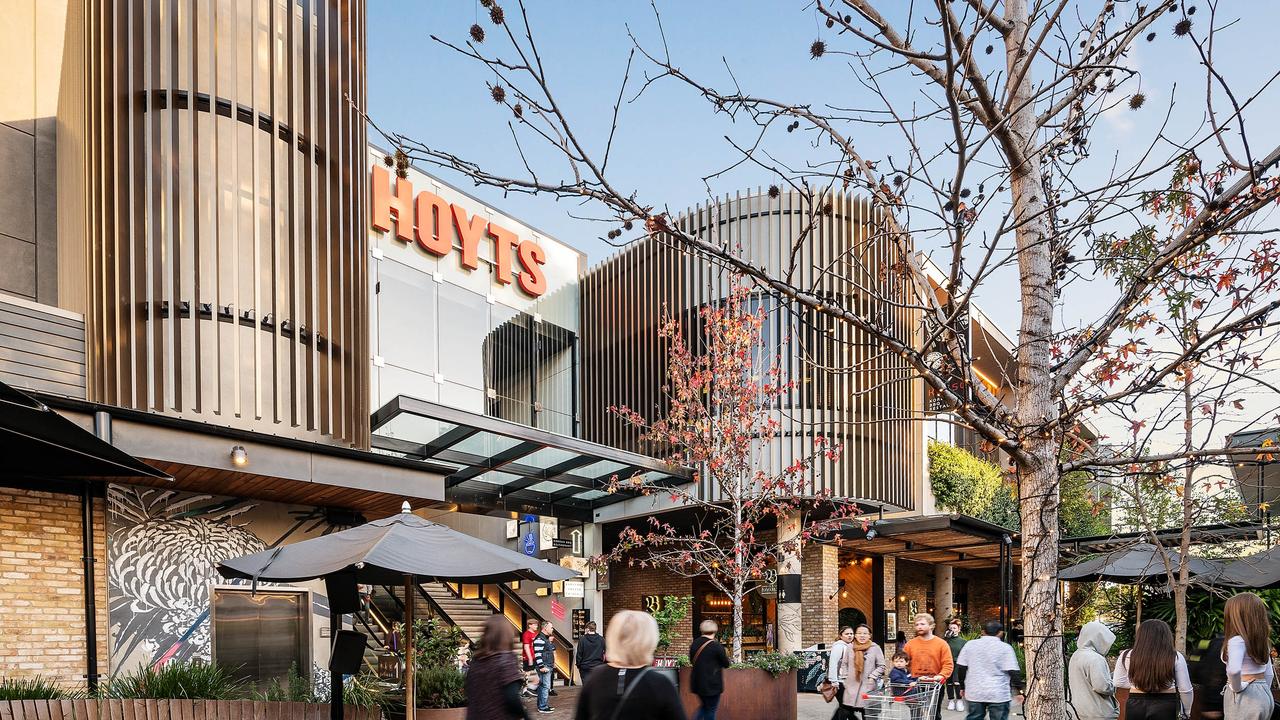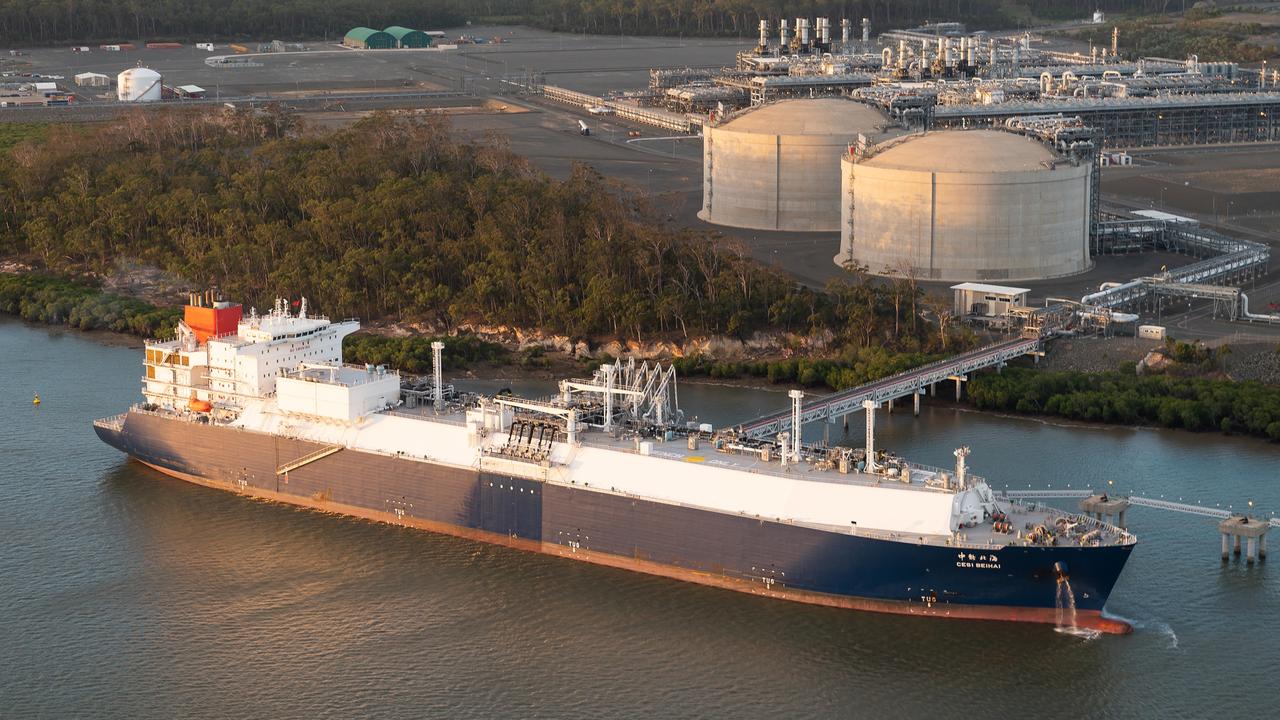With existing Whyalla steelworks in degraded condition, calls mount for new greenfield site
The future of steelmaking in South Australia should be a separate consideration to what happens at the existing Whyalla steelworks, with a new greenfield site a preferred option, say industry sources.
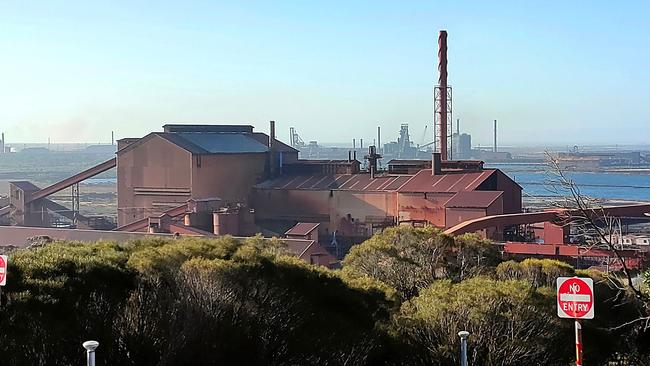
Business
Don't miss out on the headlines from Business. Followed categories will be added to My News.
The state and federal governments should consider separating the Whyalla steelworks administration from future plans for steel manufacturing in South Australia to avoid lengthy delays and the risk of saddling a new entrant with legacy issues related to the poorly maintained existing operations, industry sources say.
Steel industry figures have told The Australian there are various risks associated with the government strategy around preserving the future of steelmaking in Whyalla, based around the sale of the steelworks owner, OneSteel Manufacturing, to a new operator.
There are no specific details yet as to how the SA and federal governments intend to financially support any new owner of the steelworks to buy or run the operations over the long term.
As it stands, the governments have committed to providing a combined $384m to run the steelworks while in administration, with another $1.9bn set aside for “investing in the steelworks’ future’’.
No details about the structure of this second tranche of support funding have yet been released.
Sources say the existence of a large potential pool of funding risks inflating the purchase price of the current steelworks, and if that was to happen, this could have the ironic consequence of sending more money back to former owner Sanjeev Gupta, should the $500m-plus in debt his companies including InfraBuild and GFG Alliance are claiming be honoured.
And then there is the issue of a buyer being lumbered with a degraded asset, which it arguably wouldn’t make sense to retrofit or modernise.
The steelworks’ co-administrator, KordaMentha partner Sebastian Hams, said recently “the extent of the degradation in the plant exceeded even our worst expectations, and a lack of labour and investment has led to safety concerns’’.
The intent of the governments’ strategy around Whyalla to transition steelmaking to a less carbon-intensive process, likely means moving away from a coke-fired blast furnace to a gas or hydrogen-fuelled operation.
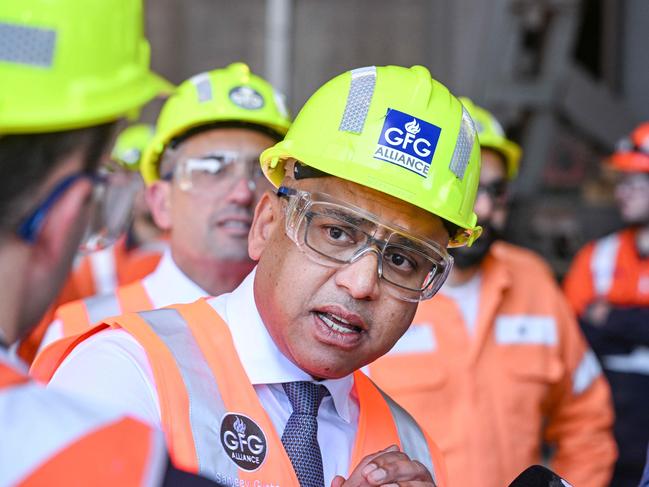
Doing this on a greenfields site at Whyalla would be the preferred option, sources say, while the existing steelworks could be responsibly managed in parallel with a new build, with a view to winding it down as the new site ramped up.
Fears have also been raised about the potential for a protracted legal battle over the validity of InfraBuild’s debt claims, with KordaMentha flagging they had concerns around the “lawfulness” of the complex web of transactions between Mr Gupta’s private companies and OneSteel.
“This could be tied up in the courts for years,’’ one source said.
KordaMentha recently said it was aiming to sell the steelworks by the end of the calendar year – an expedited timeline compared with the 17 months it took to sell the operations last time they were placed in administration in 2016 – with the end result there being the sale to Mr Gupta’s GFG Alliance.
They also said there were 10 to 12 “credible parties” showing interest at this stage.
But with the SA government having a green iron and steel strategy in place, some think it wise to divert the available funds into that strategy on an expedited basis, effectively sidelining the OneSteel process and avoiding the need for a buyer to deal with an ailing asset while trying to build a new one.
The green iron and steel strategy envisages bringing together SA’s vast magnetite resources, which also exist in the state’s east, with renewable energy and potentially hydrogen, to create a long-term, sustainable steel industry.
While the state government has put its hydrogen ambitions on the backburner for now, there are numerous companies and consortia interested in developing green steel projects in the state, with 53 expressions of interest lodged following the release of the green iron and steel strategy.
The strategy had included Mr Gupta’s unrealised plans to install a new electric arc furnace and direct-reduced iron plant at Whyalla, with that potentially attracting $50m in state funding and $63m from the commonwealth.
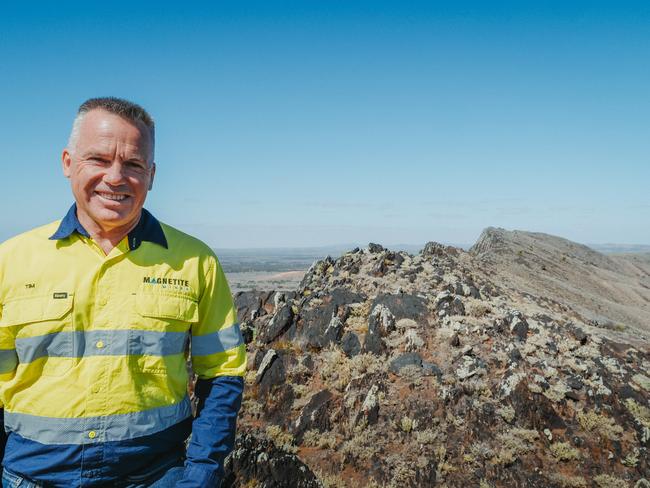
But the broader vision was always for a new facility.
“Through an open call to industry, we will establish new, high-value production facilities in the Upper Spencer Gulf,’’ the strategy states.
“Forecasts predict that a new 2.5Mtpa direct reduction green iron plant would add 2500 jobs during its construction, at least 800 more ongoing operational jobs and $3bn per annum to SA’s gross state product.’’
The strategy says the state already has 18 billion tonnes of discovered magnetite iron ore resources.
Magnetite Mines managing director Tim Dobson had no comment to make specifically about the OneSteel administration, but said there was merit in Australia ensuring it was a first mover in the green iron and steel sectors, particularly in green iron where there was a large export opportunity.
Magnetite Mines recently lodged a mining lease proposal with the SA government for its Razorback iron ore project in the state’s Mid North.
The 900-page submission details the company’s plans to build a mining and export operation producing an initial 5Mt of iron ore a year, with an option to expand to 10Mt, with the ore to be exported via Whyalla.
Mr Dobson said there was some urgency on the green steel front relating to Australia meeting its emissions-reductions targets, but more importantly there was a race to stake a claim as an iron-producing nation.
“The global steel industry is already making decisions in boardrooms about projects around the world, and once that capital is deployed … it stays there for decades,’’ Mr Dobson said.
“And unfortunately whilst Australia wants to be a leader, and has comparative advantages, we’re actually behind the eight ball already because other jurisdictions are well ahead in terms of government support, and I’d point to Canada as a great example.’’
Other regions such as the Middle East were also able to move faster from a regulatory and capital perspective, Mr Dobson said.
More Coverage
Originally published as With existing Whyalla steelworks in degraded condition, calls mount for new greenfield site




